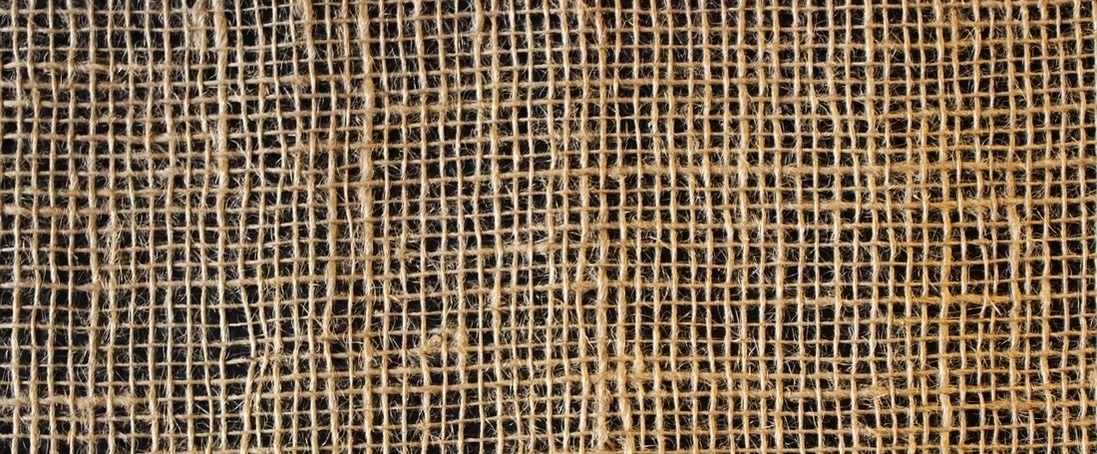Upon receiving an especially troubling report concerning the horrors taking place in the city, king Jehoram tore his clothes (a Jewish custom when under the stress of great emotion). Up until that moment, the clothes which the people saw were garments of royalty. But now, underneath the kingly attire, they saw the coarse material known as sackcloth.
Sackcloth within! The sign of hidden pain and sorrow.
The story of king Jehoram reminds us that underneath the beautiful garments are anxieties, heartaches, and burdens carried by people who, from an outside view, appear to be without them. The temptation to break the tenth commandment and envy those who seem to have a carefree life comes upon us. What we fail to see is the sackcloth within.
Everyone wears sackcloth at some time or another, so don’t envy. As one preacher observed, “Envy, like Haman, hangs itself on the gallows which it erects for others.”
As you read through the Old Testament you learn that along with acknowledging some deep emotional pain, wearing the uncomfortable garment of sackcloth served as a sign of humility and repentance. In this we find the answer to the sackcloth within.
Some of our deepest hurts come as a result of personal sin. But through the act of repentance, sin is erased by forgiveness. “If we confess our sins, He is faithful and just to forgive us our sins and to cleanse us from all unrighteousness” (1 John 1:9). Life’s burdens pose a threat to personal peace and emotional wellbeing. But the Bible says humility is met with grace. “God resists the proud, but gives grace to the humble” (James 4:6).
We are all acquainted with sackcloth. The answer is to bring our sins and sorrows to the Lord who is able to give, “beauty for ashes, the oil of joy for mourning, the garment of praise for the spirit of heaviness” (Isaiah 61:3). Then we can sing with David, “You have turned for me my mourning into dancing; You have put off my sackcloth and clothed me with gladness.”
Pastor Todd Weston


